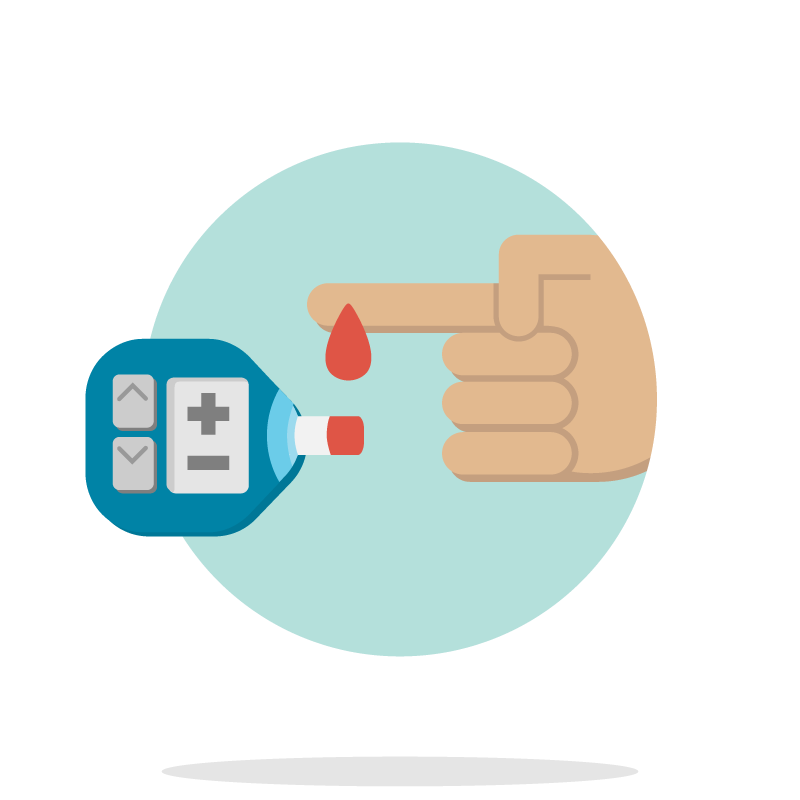QUICK SUMMARY
Who needs it: Overweight or obese adults 40 to 70 (BMI 25+), and some others.
The numbers: Fasting glucose under 100 mg/dL is normal (or A1C under 5.7 percent).
Good to know: Fasting glucose tests are done on an empty stomach, A1C tests are not.
What is diabetes screening?
When you have diabetes, your body isn't able to keep your blood sugar at a normal level, and it can get dangerously high, causing long-term health problems.
The most common way to screen for diabetes is a blood test called the fasting glucose test. If your fasting glucose is 100 to 125 mg/dL, and it’s confirmed by repeated testing, experts say that it may be a sign of prediabetes. Glucose above 125 mg/dL on two separate tests means you most likely have diabetes. So you’ll probably need more than one test before your doctor can be sure.
Another common test for blood sugar is called hemoglobin A1C. This blood test measures what percentage of your hemoglobin — a protein in red blood cells that carries oxygen — has sugar attached. Unlike the fasting glucose test, the A1C test gives a snapshot of your blood sugar levels over a much longer time (the last two to three months). According to experts, an A1C of 5.7 to 6.4 percent is a sign of prediabetes, if confirmed by repeated testing; 6.5 percent or higher on two separate tests means you most likely have diabetes.
Why is it important?
Many people who have diabetes don't know they have it. Left untreated, diabetes can raise the risk for high blood pressure and cardiovascular disease, and make a heart attack or stroke more likely. Diabetes can also damage the eyes, kidneys, nerves, and feet. According to studies, catching it early gives you the best chance of keeping your blood sugar in check and avoiding complications.
Who needs it?
According to the latest guidelines from the U.S. Preventive Services Task Force, adults 40 to 70 who are overweight (BMI 25 or higher) should be screened. After a normal result, they say it might be reasonable to check again in three years. People who have a higher risk for diabetes may need to get screened earlier or at a lower BMI. Talk to your doctor about your risk factors and how often you should get screened.
What to expect
For a fasting glucose test, you will not eat anything before the test. Many people find it easiest to schedule it first thing in the morning, after an overnight fast.
A1C tests don’t need to be done on an empty stomach. Both tests use a blood sample at a lab or doctor’s office (taken from a vein with a needle). You might feel slight pain or stinging during the blood draw, but this will usually go away quickly.
Good to know
Ninety percent of people who have prediabetes don’t know they have it. So if your BMI is 25 or higher and you’re age 40 to 70, talk to your doctor about getting tested. Even if you test positive for prediabetes, making some lifestyle changes and losing weight, may help you prevent or delay Type 2 diabetes or other health issues.
Selected references
U.S. Preventive Services Task Force. Abnormal Blood Glucose and Type 2 Diabetes Mellitus: Screening. Last updated April 2018.
Centers for Disease Control and Prevention (CDC). Getting Tested. Last reviewed August 2017.





